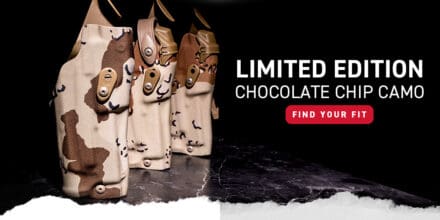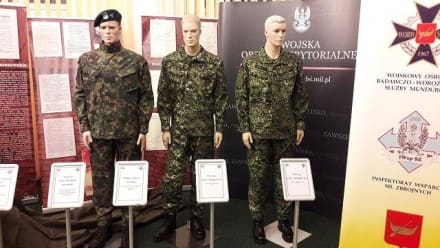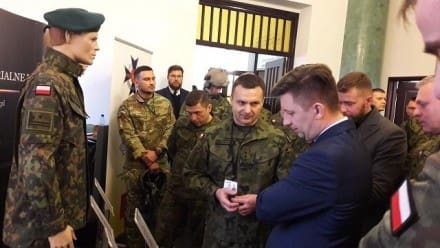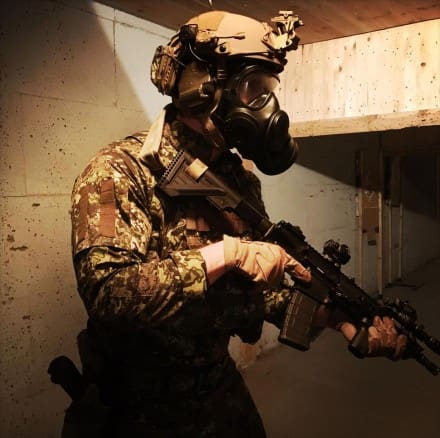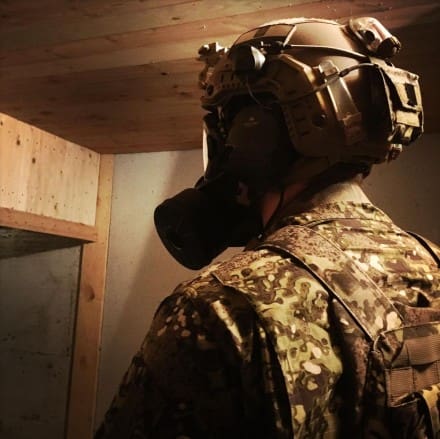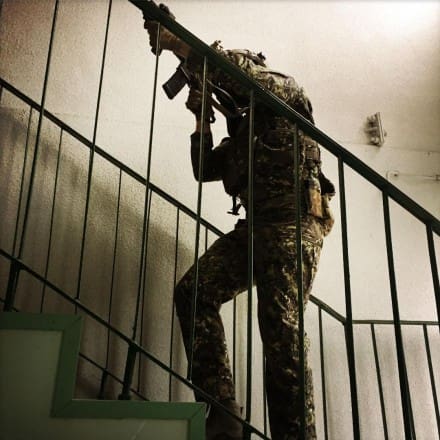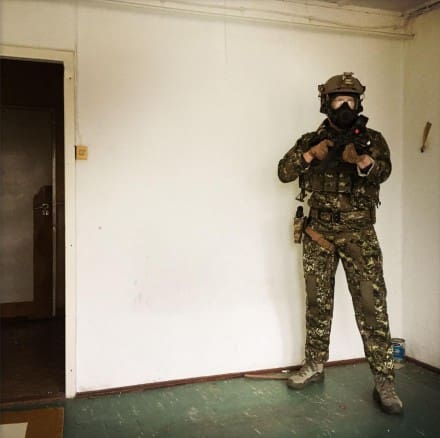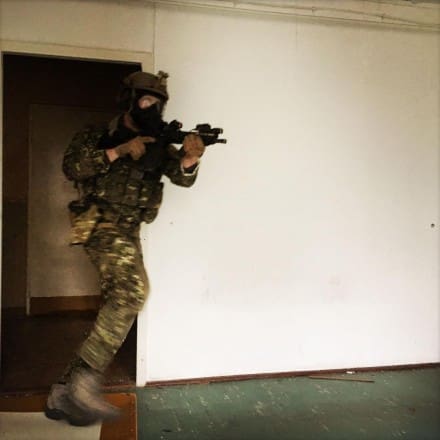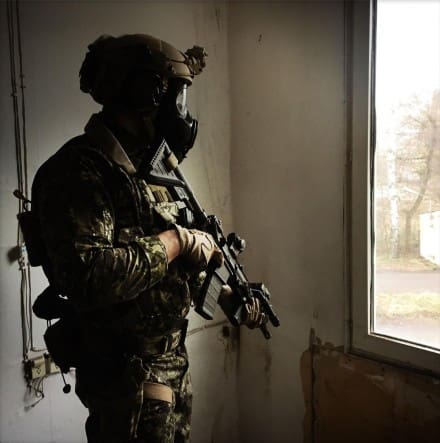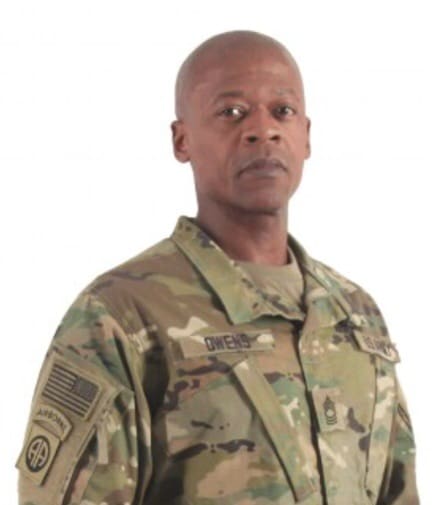Safariland®, a brand of The Safariland Group®, has announced the availability of a “Chocolate Chip” pattern camo holster. This addition to Safariland’s holster line offers the best possible retention holster options in an iconic camo pattern from years past.
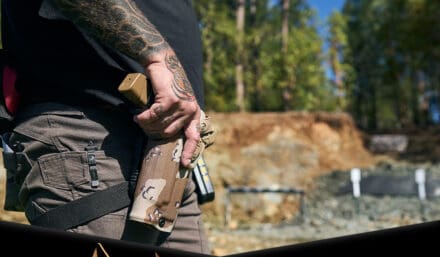
The limited edition pattern is available in the following styles of holster:
- 6354RDSO Holster w/QLS 19 Locking Fork
- 6354RDS Holster with w/QLS 19 Locking Fork
- 6304RDS ALS/SLS w/ QLS 19 Lock Fork
Holsters are available for a variety of Glock, Shadow Systems, Sig Sauer, Springfield Armory, Staccato, and Wilson Combat handguns.
Chocolate Chip, more formally referred to as the Desert Battle Dress Uniform (DBDU), is a camouflage pattern designed for arid environments. Also known as the Six-Color Desert Pattern, it is probably best recognized for its service in the Persian Gulf War (Desert Shield/Desert Storm).
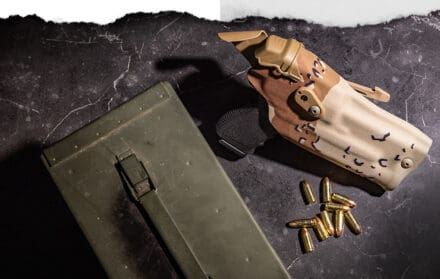
The pattern was originally developed in the 1960s, went into limited service in 1980, and was officially issued in 1981. It remained in service until the early 1990s and is now available on a Safariland holster. Models are available for pistols equipped with a variety of RDS options, a weapon light (WML), or both.
About The Safariland Group
The Safariland Group offers a number of recognized brand names in these markets, including Safariland® Armor, Duty Gear and Communications, Bianchi®, Break Free®, Hatch®, Med-Eng®, Identicator® and NIK®. The Safariland Group’s mission, “Together, We Save Lives®”, is inherent in the lifesaving and protective products it delivers. The Safariland Group is headquartered in Jacksonville, Florida. The Safariland Group is a trade name of Safariland, LLC.
For more information about The Safariland Group and these products, please visit www.safariland.com.
For media resources and information, please visit the www.safariland.com/media-center.


